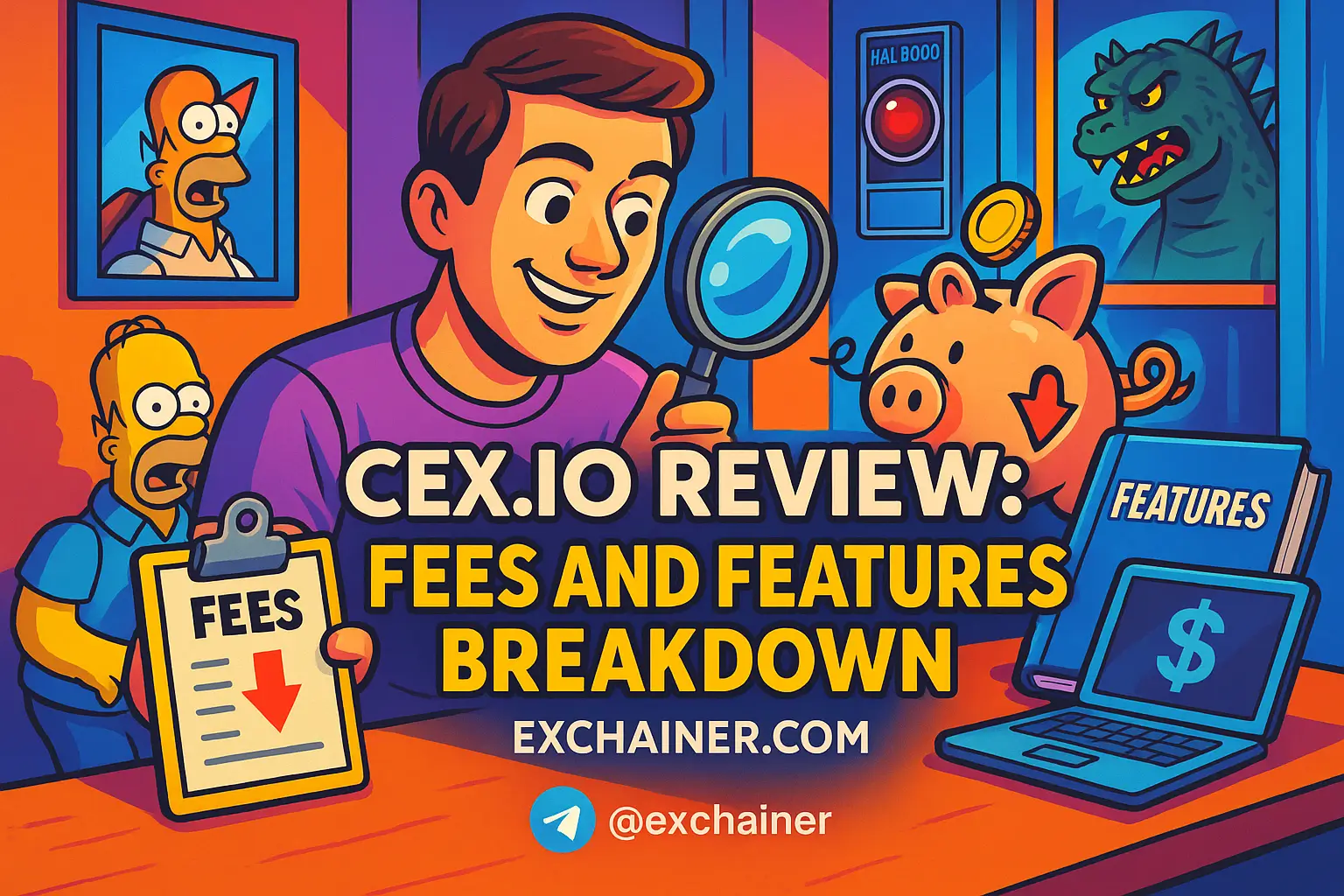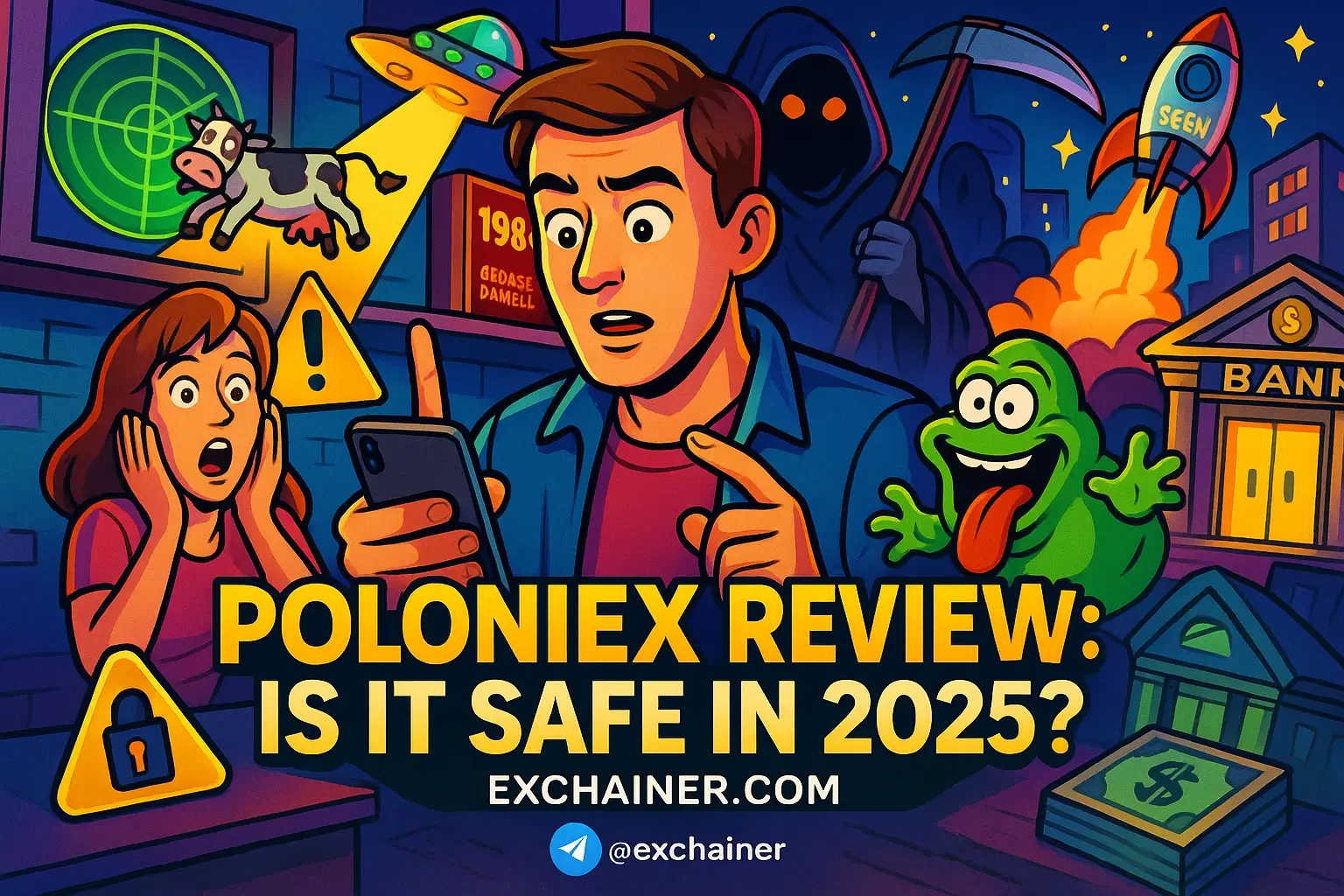Introduction
Friends, imagine this: you’ve just come across a brand-new crypto project promising revolutionary technology and mind-blowing gains. Exciting, right? But wait—how do you separate the genuine winners from the noise? That’s where understanding how to analyze crypto project use cases becomes your superpower. Without a clear grasp of a project's real-world utility and market potential, investors and enthusiasts can easily fall for hype or, worse, scams.
Learning how to analyze crypto project use cases means diving deep into what the project actually does, who it serves, and how sustainable it is in the fast-moving crypto space. It’s not just about flashy marketing or charts pumping and dumping—it’s about real utility, network effects, risk management, and long-term viability. This article will walk you through a practical four-step framework designed for investors, builders, and analysts alike, helping you make informed decisions and spot red flags quickly.
We’ll explore critical themes like token utility analysis, market fit and adoption, technical architecture and security, plus tokenomics and governance. These aspects cover everything from the token’s actual function to how the protocol is governed, forming a comprehensive lens through which to evaluate any crypto project. Along the way, you’ll get handy checklists, key metrics to watch, common pitfalls to avoid, and real-world examples so you can start applying these insights immediately.
Ready to level up your crypto game? Let’s get into the nuts and bolts of how to analyze crypto project use cases effectively, ensuring you’re not just guessing but making smart, data-backed moves in the crypto world.
Evaluate Token Utility
Core Utility Model
First off, let’s break down the heart of any crypto project—the token’s utility. What is the token supposed to do? Tokens can serve various purposes: they may act as payments, grant access to specific features, allow staking for network security, authenticate identity, or provide rewards. Understanding this function is essential. For example, Ethereum’s ETH is mainly used for paying transaction fees, while Chainlink’s LINK serves to incentivize oracle operators who bring off-chain data on-chain.
Ask yourself: is this utility mandatory for token holders? Or is it optional and purely speculative? Tokens that require holders to use them actively to participate in the ecosystem typically indicate real demand, whereas optional utility might not sustain long-term interest. It’s also valuable to map these token features to real-world value. For instance, if a token provides access to exclusive content that genuinely enhances users’ experiences, that’s a credible utility.
Realistic Demand Drivers & Velocity
Next, dig into the metrics that reflect how the token is actually being used. Transaction frequency tells you how often the token changes hands for its intended purposes. Active users engaging with the token for utility, such as staking or payments, show genuine demand. Token velocity—the rate at which tokens circulate—is equally important; a high velocity without real value capture may suggest speculation rather than utility.
Beware of artificial demand. Many projects aggressively distribute tokens via airdrops or incentives to pump transaction numbers. Although airdrops can onboard new users (in fact, in 2024, airdrops distributed over $500 million worth of tokens), these must lead to sustained engagement and usage to be meaningful. If users leave once incentives dry up, that’s a red flag signaling fragile utility.
Interoperability and Composability
Finally, consider how the token interacts beyond its native platform. Does it integrate with other protocols, platforms, or standards? For example, tokens that work with DeFi protocols, Bit bridges, or offer Software Development Kits (SDKs) for third-party integration likely have broader utility. Such interoperability can boost network effects significantly, expanding use cases and user base.
On the flip side, if a token is isolated with limited composability, it might face utility constraints. As an example, tokens pegged to a single platform without cross-chain support could struggle to attract diverse users. Evaluating these factors helps project future growth potential realistically.
Test Market Fit & Adoption Potential
Target Audience and Problem Validation
Every successful crypto project solves a tangible problem for a defined user group. To analyze use cases well, you need to identify who the project targets and how it addresses their pain points. Let’s say a decentralized identity platform focuses on users concerned with privacy and data ownership. Verify if this problem is real and substantial enough to warrant adoption.
Look for on-chain and off-chain evidence of real users taking advantage of the solution. This could include wallet addresses actively interacting with the platform, social media sentiment, or interviews and testimonials. User interviews and sentiment analysis help gauge genuine interest beyond hype, while patterns of on-chain activity reveal real engagement.
Traction Metrics to Watch
How do you know if adoption is actually taking off? Track Monthly Active Users (MAUs), Daily Active Users (DAUs), and retention cohorts to see if people are sticking around after trying the product. Growth channels (organic vs paid), revenue per user, and strategic partnerships all serve as solid markers of traction.
Remember typical crypto conversion funnels: many start with wallet installs, then active users, and finally transacting users. Healthy projects convert a good chunk through these stages without burning cash excessively on paid acquisition. Check if the project provides transparent analytics or if third-party dashboards confirm these metrics.
Adoption Barriers and Go-to-Market Risks
Real talk — many projects face hurdles that choke adoption. Regulatory risks can suddenly limit access to crucial markets or restrict token usage. From a user experience (UX) standpoint, projects with clunky interfaces or requiring technical know-how may deter newcomers. High gas fees or poor liquidity can also scare users away.
Watch out for red flags like zero organic demand, heavy dependence on incentives, or reliance on paid marketing campaigns without transparent growth metrics. Project teams need solid plans to overcome these barriers, or the use case remains theoretical at best.
Inspect Technical Architecture & Security
Architecture Fit for the Use Case
Technical design matters a lot in how well the project delivers its promised use case. Assess if the blockchain platform supports required scalability, latency, and throughput. For high-frequency DeFi apps, Layer 2 solutions or sidechains might be necessary to reduce costs and speed up transactions. Conversely, sensitive identity use cases may need the security of Layer 1 chains.
Understand the on-chain vs off-chain trade-offs too. Some projects store data off-chain for privacy or efficiency but rely on oracles or bridges to communicate back on-chain. These integrations can introduce vulnerabilities or may enhance functionality depending on implementation.
Code Quality and Audit Posture
Security isn’t optional in crypto. Scrutinize if smart contracts have undergone professional audits by reputable firms. Open-source codebases with active communities tend to be more trustworthy as multiple eyes review changes. Projects that offer bug bounties incentivize external developers to find vulnerabilities before exploits occur.
Be cautious if you see repeated hotfixes without transparency, no audits, or closed-source core contracts. Look for upgradeability patterns like timelocks or multi-signature admin keys that prevent arbitrary changes, adding a layer of governance security.
Security Incidents and Resilience Planning
Investigate if the project has had past security breaches or exploits. No project is perfect, but how a team responds matters greatly. A robust incident response plan, insurance mechanisms, or collateralization funds show maturity and commitment to user protection.
Decentralization of operations and disaster recovery strategies also contribute to resilience. Projects relying heavily on centralized control could be riskier in the long run, as single points of failure can lead to serious hacks or shutdowns.
Analyze Tokenomics & Governance
Supply, Distribution, and Incentives Alignment
The design of token supply and distribution shapes incentives and price stability. Look at total supply caps, vesting schedules for founders and team members, and emission curves that determine new tokens entering circulation. These factors influence dilution risk and if early insiders may dump tokens, hurting long-term holders.
Model different supply scenarios to understand how token price and utility might change over time. For example, a steep inflation curve without demand can tank value, while gradual emission tied to network growth supports sustainable rewards.
Economic Sustainability & Value Capture
Ask: does the protocol capture value through fees, revenue-sharing, or token burn mechanisms? Or is token demand purely speculative? Healthy projects have mechanisms like transaction fees or revenue streams that flow back to token holders, aligning economic incentives.
Key financial metrics include ratio of revenue to market cap, fee yield, and how long the project can sustain incentives before becoming self-sufficient. Projects with weak economic models risk token price collapses once subsidies end.
Governance Structure and Decentralization
Governance defines how decisions about protocol upgrades, treasury spending, and network changes are made. On-chain governance, where stakeholders vote via tokens, offers transparency but can be vulnerable to power concentration if voting power is uneven. Off-chain governance depends more on teams but can be agile.
Analyze token distribution in governance to spot risks of attacks or manipulation. Good governance ensures long-term adaptability and community buy-in. As famously said by Vitalik Buterin, “A fully decentralized system should never be upgradable except by the community’s consensus.”
Conclusion
Friends, mastering how to analyze crypto project use cases is essential if you want to avoid pitfalls and spot real opportunities in this dynamic space. Remember our four pillars: understanding token utility, evaluating market fit and adoption, inspecting technical architecture and security, and dissecting tokenomics and governance. Each pillar uncovers different aspects contributing to a project's success or failure.
Here’s a quick checklist for your next deep dive: identify the primary token function and whether it’s mandatory; verify active utility metrics like transaction frequency and user retention; confirm the project’s technical audits and review its security history; analyze token supply & emissions along with governance structure; assess realistic adoption potential beyond hype; and watch out for risky dependencies or artificial demand.
Start with one project that interests you and apply this framework combining on-chain explorers, official project docs, and social research. But stay vigilant—this isn’t a set-it-and-forget-it checklist. Projects evolve dynamically. Continuous monitoring combined with qualitative insights will keep you ahead.
Crypto is a journey, and knowing how to analyze crypto project use cases equips you with the compass needed to navigate and thrive. For more beginner-friendly guides, exchange reviews, and wallet tips, check out Crypto 101, Exchange Reviews, and Tools and Wallets on Exchainer.com. Start your exploration today and build your crypto IQ the smart way!
For additional authoritative data, feel free to consult CoinMarketCap or the official websites of notable projects you’re analyzing to ensure your research depth.












